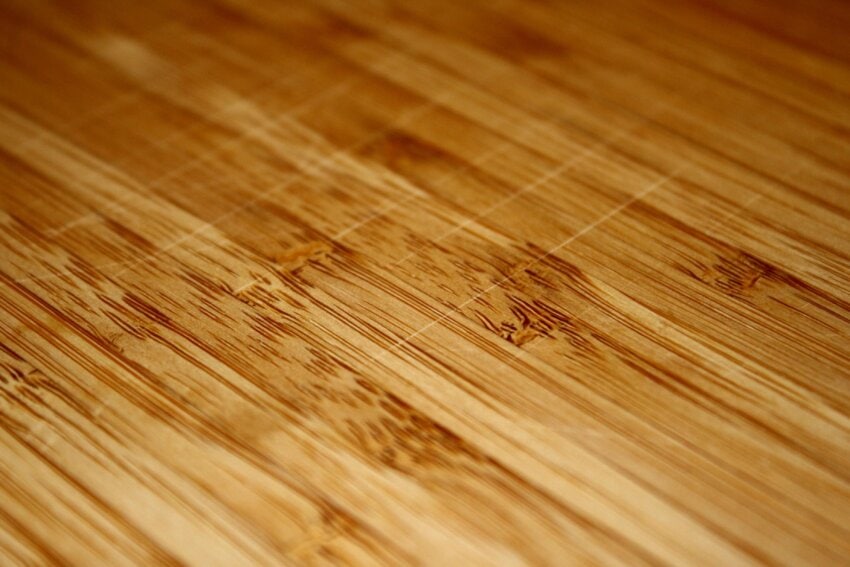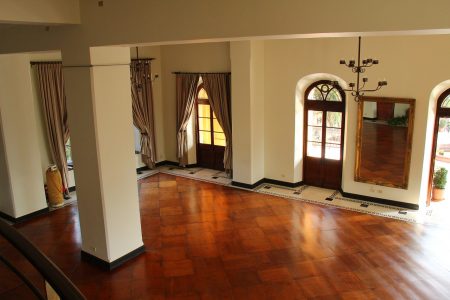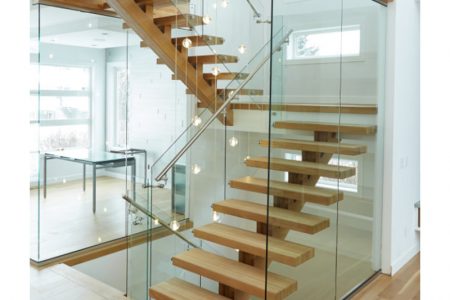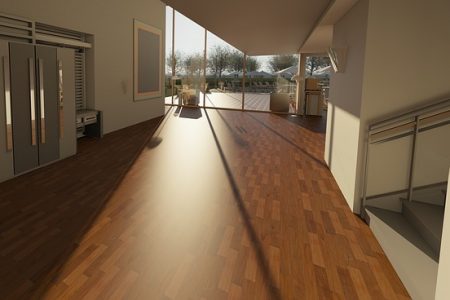When it comes to selecting flooring for your home, bamboo has emerged as a popular and sustainable choice. With its unique aesthetic appeal and eco-friendly properties, bamboo flooring offers a blend of style and environmental consciousness. However, choosing the right bamboo flooring requires careful consideration of various factors to ensure it meets your design preferences, lifestyle, and practical needs. In this guide, we’ll explore the key factors you should keep in mind when selecting bamboo flooring for your home.
1. Type of Bamboo Flooring
Bamboo flooring comes in different types, each with its own set of characteristics and installation methods.
Solid Bamboo Flooring
This type is made from solid strips of bamboo and provides a traditional, sturdy option. It is typically nailed or glued to the subfloor and offers the possibility of refinishing in the future.
Engineered Bamboo Flooring
Engineered bamboo consists of a top layer of bamboo attached to layers of other wood materials. It is more dimensionally stable than solid bamboo, making it suitable for areas with fluctuating humidity levels, such as basements.
Strand-Woven Bamboo Flooring
Known for its durability, strand-woven bamboo is created by compressing bamboo fibers under extreme heat and pressure. It is an excellent choice for high-traffic areas due to its hardness and resistance to wear.
2. Color and Grain Variation
Bamboo flooring is available in a range of colors and grain patterns, providing versatility in design.
Consider the overall color scheme of your home and whether you prefer a light, natural bamboo tone or a darker, carbonized option. Additionally, evaluate the grain pattern as it contributes to the visual appeal. Some bamboo flooring maintains a more uniform look, while others showcase a more pronounced grain for a rustic or exotic appearance.
3. Durability and Hardness
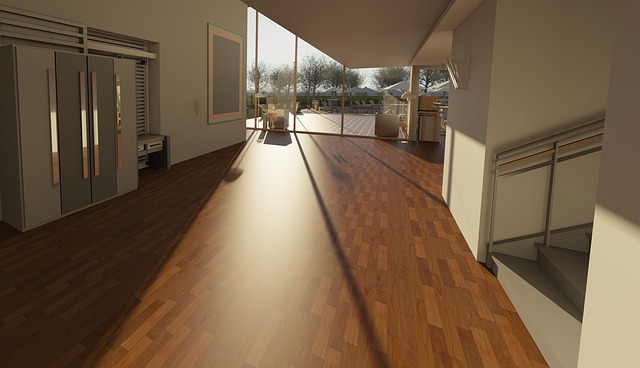
The durability of bamboo flooring is often measured by its Janka hardness rating. This rating indicates the resistance of the material to wear and denting.
Bamboo’s hardness can vary depending on the type and manufacturing process. Strand-woven bamboo typically has a higher hardness rating, making it more resistant to impacts and heavy traffic. Consider the demands of the specific room where the flooring will be installed to ensure it can withstand the intended use.
4. Finish and Coating
The finish applied to bamboo flooring not only affects its appearance but also plays a crucial role in protecting the material.
Pre-Finished Bamboo
Pre-finished bamboo comes with a factory-applied finish, providing convenience in terms of installation. The finish enhances the floor’s durability and resistance to stains.
Unfinished Bamboo
Choosing unfinished bamboo allows for customization of the finish after installation. While it requires additional steps for sealing, it provides flexibility in achieving a specific look or matching existing flooring.
5. Eco-Friendly Certification
One of the primary appeals of bamboo flooring is its eco-friendly nature. However, not all bamboo products are created equal in terms of sustainability.
Look for bamboo flooring that carries certifications from reputable organizations, such as the Forest Stewardship Council (FSC) or the FloorScore certification. These certifications ensure that the bamboo has been sourced and processed in an environmentally responsible manner.
Additional Considerations:
Installation Method
Consider the installation method that suits your preferences and skill level. Bamboo flooring can be installed using the floating, glue-down, or nail-down methods.
Maintenance Requirements
Different bamboo flooring types may have varying maintenance needs. Understanding the care and maintenance requirements ensures the longevity and aesthetic appeal of your flooring.
Budget Considerations
While bamboo flooring is generally more affordable than hardwood, prices can vary. Determine your budget and explore options within that range, considering factors like type, finish, and brand.
Local Climate
Bamboo flooring is sensitive to humidity and moisture levels. Be mindful of your local climate, and choose bamboo flooring that can withstand the environmental conditions in your region.
Conclusion
Choosing the right bamboo flooring involves a thoughtful evaluation of factors ranging from the type of bamboo and color preferences to durability and eco-friendliness. By considering these elements, you can make an informed decision that aligns with your home design vision and ensures a beautiful, sustainable, and long-lasting flooring solution.


